Government Initiatives and Funding
Government initiatives aimed at improving healthcare access and funding for rare diseases are significantly impacting the churg strauss-syndrome market. In the UK, the National Health Service (NHS) has been actively promoting awareness and research into rare conditions, including Churg Strauss syndrome. Increased funding for research projects and clinical trials is expected to enhance the understanding of this disease and lead to the development of innovative treatment options. Furthermore, the UK government has allocated substantial resources to support healthcare providers in managing rare diseases, which may result in improved patient outcomes. This supportive environment is likely to attract pharmaceutical companies to invest in the churg strauss-syndrome market, ultimately benefiting patients and healthcare systems alike.
Emerging Biologics and Targeted Therapies
The emergence of biologics and targeted therapies represents a transformative driver for the churg strauss-syndrome market. Recent advancements in biotechnology have led to the development of novel therapeutic agents that specifically target the underlying mechanisms of Churg Strauss syndrome. These therapies, which may include monoclonal antibodies and small molecules, are designed to provide more effective and personalized treatment options for patients. The market for these innovative therapies is projected to grow significantly, with estimates indicating a potential increase of over 30% in market value over the next five years. As healthcare providers increasingly adopt these advanced treatment modalities, the churg strauss-syndrome market is likely to experience substantial growth.
Technological Advancements in Diagnostics
Technological advancements in diagnostic tools are significantly shaping the churg strauss-syndrome market. Innovations such as advanced imaging techniques and biomarker identification are enhancing the accuracy and speed of diagnosis for Churg Strauss syndrome. These developments enable healthcare providers to identify the condition earlier, which is crucial for effective management and treatment. The integration of artificial intelligence and machine learning in diagnostic processes is also expected to improve patient outcomes by facilitating timely interventions. As diagnostic capabilities continue to evolve, the churg strauss-syndrome market is likely to expand, driven by the need for effective management strategies and therapies tailored to the specific needs of patients.
Rising Patient Advocacy and Support Groups
The growing presence of patient advocacy and support groups in the UK is influencing the churg strauss-syndrome market. These organizations play a crucial role in raising awareness about the condition, providing resources for patients and families, and advocating for better treatment options. Their efforts contribute to increased visibility of Churg Strauss syndrome, which may lead to earlier diagnosis and improved patient outcomes. Furthermore, these groups often collaborate with healthcare professionals and pharmaceutical companies to facilitate research initiatives and clinical trials. As patient advocacy continues to strengthen, it is expected that the churg strauss-syndrome market will benefit from enhanced support for patients and increased demand for effective therapies.
Increasing Incidence of Churg Strauss Syndrome
The rising incidence of Churg Strauss syndrome in the UK is a notable driver for the churg strauss-syndrome market. Recent studies indicate that the prevalence of this condition has been increasing, with estimates suggesting that approximately 2 to 3 cases per 100,000 individuals are diagnosed annually. This growing patient population necessitates enhanced healthcare resources and treatment options, thereby stimulating market growth. As healthcare providers become more aware of the symptoms and diagnostic criteria, the number of diagnosed cases is likely to rise, further propelling the demand for effective therapies and management strategies within the churg strauss-syndrome market. Consequently, pharmaceutical companies are encouraged to invest in research and development to address this unmet medical need.


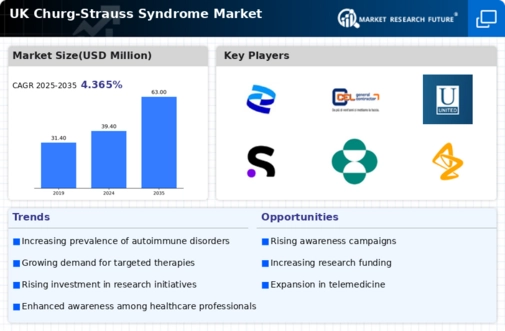
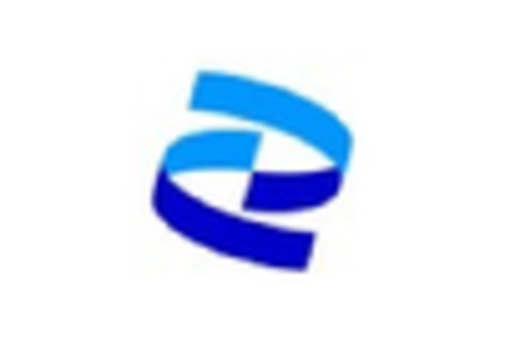
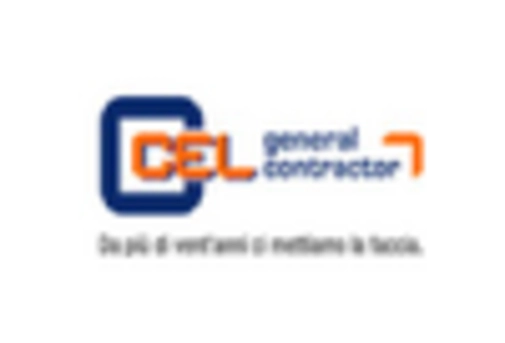

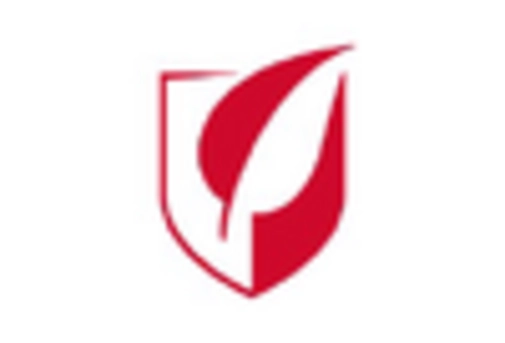


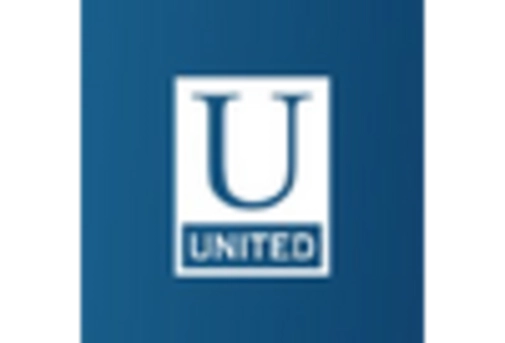



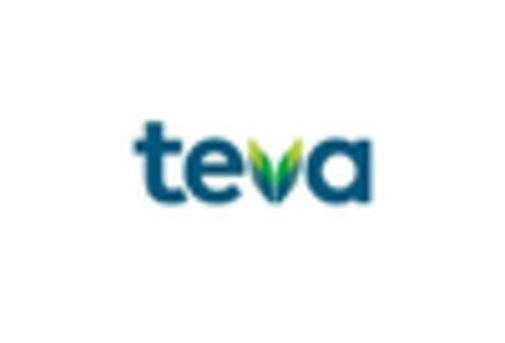









Leave a Comment